Home>Renovation & DIY>DIY Projects & Ideas>How To Organize A Craft Paper
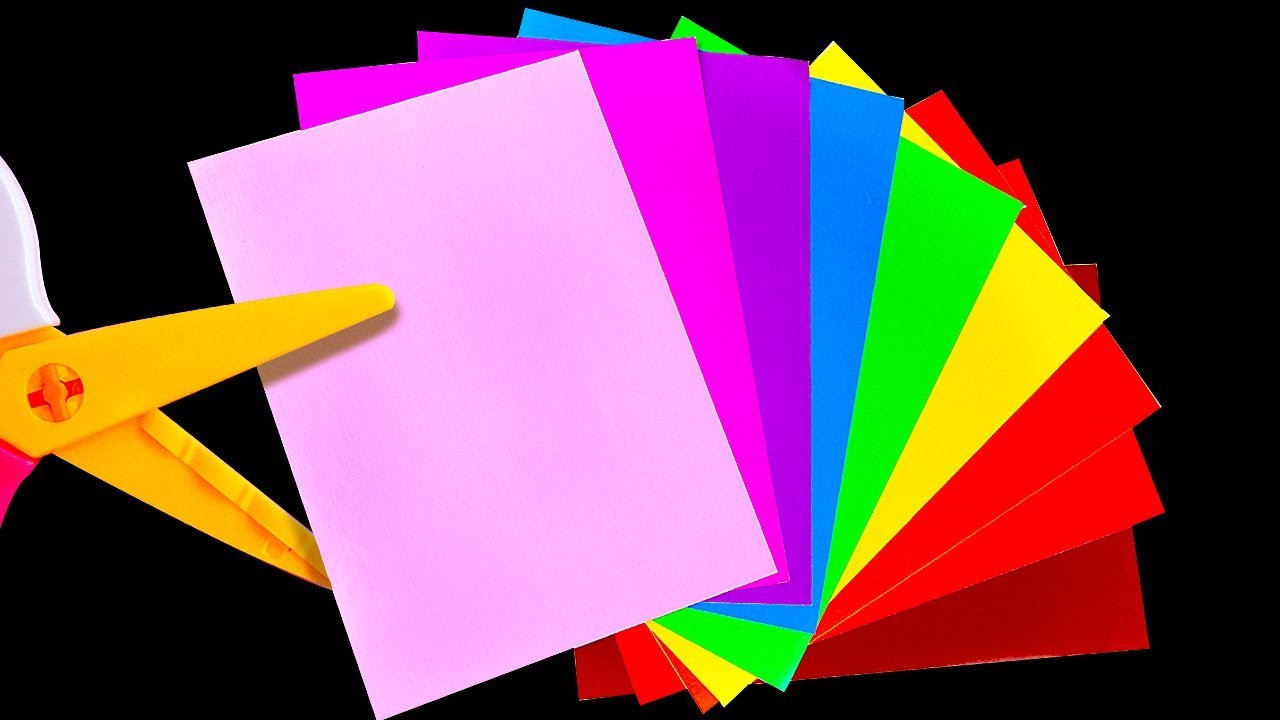

DIY Projects & Ideas
How To Organize A Craft Paper
Modified: October 20, 2024
Discover creative DIY projects and ideas for organizing craft paper. Get tips and inspiration to declutter and store your craft supplies efficiently. Start your crafting journey today!
(Many of the links in this article redirect to a specific reviewed product. Your purchase of these products through affiliate links helps to generate commission for Storables.com, at no extra cost. Learn more)
Introduction
Are you tired of rummaging through piles of craft paper every time you need to start a new project? Organizing your craft paper can save you time and frustration, making it easier to find the perfect sheet for your next masterpiece. In this article, we will explore the best methods for organizing your craft paper, from choosing the right storage solutions to maintaining a well-organized collection. Whether you're a seasoned crafter or just starting out, these tips will help you keep your craft paper tidy and easily accessible.
Key Takeaways:
- Keep your craft paper organized by choosing the right storage solutions, sorting by color and type, and labeling each category. This makes it easy to find the perfect paper for your projects.
- Create a paper inventory to track your supplies, update it regularly, and restock when needed. This helps you stay organized and ensures you always have the right paper on hand.
Read more: How To Organize Passwords On Paper
Choosing the Right Storage Solutions
When it comes to organizing your craft paper, the first step is to choose the right storage solutions. There are various options available, so it's essential to consider your space, budget, and the amount of craft paper you need to store. Here are some popular storage solutions to consider:
-
Paper Storage Racks: These racks are designed specifically for organizing craft paper and come in various sizes to accommodate different paper dimensions. They are ideal for keeping your paper neatly organized and easily accessible.
-
File Folders or Magazine Holders: If you're looking for a budget-friendly option, file folders or magazine holders can be a great choice. You can label them and store your paper vertically, making it easy to flip through and find the paper you need.
-
Drawer Units: Drawer units with shallow drawers are perfect for storing craft paper. You can sort your paper by color, pattern, or type and easily pull out the drawer to access your paper.
-
Clear Plastic Bins: Clear plastic bins allow you to see the contents at a glance, making it easy to find the paper you need. They are stackable, which can help save space and keep your craft paper collection organized.
-
Wall-Mounted Racks: If you have limited floor space, consider utilizing wall-mounted racks to store your craft paper. These racks can be a stylish and space-saving solution for organizing your paper.
Choosing the right storage solution for your craft paper is essential for maintaining an organized and accessible collection. Consider your available space, budget, and personal preferences when selecting the best storage option for your craft paper.
Sorting and Categorizing Your Craft Paper
Sorting and categorizing your craft paper is a crucial step in the organization process. By sorting your paper into categories, you can easily locate the specific type or color you need for your projects. Here's how to effectively sort and categorize your craft paper:
-
Color and Pattern: Begin by sorting your craft paper by color and pattern. You can create separate sections for solid colors, patterns, and specialty papers such as glitter or metallic finishes. This will make it easier to find the perfect paper for your project without sifting through a jumble of different styles.
-
Paper Type: Consider categorizing your craft paper by type, such as cardstock, construction paper, tissue paper, or specialty paper. This will help you quickly identify the right paper for different crafting techniques and projects.
-
Size and Weight: Another effective way to categorize your craft paper is by size and weight. You can group papers of similar sizes together, such as 12×12 inch or 8.5×11 inch, and separate heavyweight papers from lighter weight options.
-
Seasonal or Occasional Paper: If you have seasonal or occasional craft paper, such as holiday-themed or special occasion paper, consider creating a separate category for these papers. This will make it easier to access them when needed and keep them organized throughout the year.
By sorting and categorizing your craft paper, you can create a well-organized system that allows you to quickly locate the perfect paper for any project. This method also makes it easier to maintain your organized collection over time.
Use a filing system to organize your craft paper by color, type, and size. Store them in clear plastic bins or hanging file folders for easy access.
Labeling Your Paper
Labeling your craft paper is a crucial step in the organization process. Proper labeling ensures that you can quickly identify and retrieve the specific paper you need for your projects. Here's how to effectively label your craft paper:
-
Color and Pattern Labels: Use color-coded labels to categorize your craft paper by color and pattern. For example, you can use red labels for red paper, blue labels for blue paper, and so on. This visual cue makes it easy to locate the desired color at a glance.
-
Type and Weight Labels: Create labels that indicate the type and weight of the paper. For instance, you can use "Cardstock" labels, "Construction Paper" labels, or "Heavyweight" labels. This helps you quickly identify the right paper for specific crafting techniques and projects.
-
Size Labels: Label your paper according to size, such as "12×12 inch" or "8.5×11 inch." This labeling system allows you to easily find the paper size you need for different projects without having to measure each sheet.
-
Occasional Labels: If you have seasonal or occasional craft paper, consider using labels that indicate the theme or occasion, such as "Holiday," "Birthday," or "Special Occasion." This makes it effortless to locate and use these papers when the need arises.
-
Storage Location Labels: For storage solutions like drawers, bins, or racks, labeling the specific storage location of each paper category is beneficial. This ensures that every sheet is returned to its designated place, maintaining the overall organization of your craft paper collection.
By labeling your craft paper effectively, you create a system that streamlines the process of finding and returning paper, ultimately maintaining the organization of your craft paper collection.
Creating a Paper Inventory
Creating a paper inventory is an essential step in maintaining an organized collection of craft paper. By keeping track of your paper supplies, you can easily monitor your inventory, identify when it's time to restock, and prevent overbuying. Here's how to create a paper inventory for your craft paper collection:
-
Inventory Spreadsheet: Start by creating a spreadsheet to track your craft paper inventory. You can use software like Microsoft Excel or Google Sheets to organize your inventory. Create columns for paper categories such as color, type, size, weight, and quantity.
-
Record Existing Stock: Begin by recording all the craft paper you currently have in your collection. List each paper category and provide details such as color, type, size, weight, and the quantity of sheets you have for each.
-
Update Regularly: Make it a habit to update your inventory regularly. Whenever you use or add new paper to your collection, update the spreadsheet accordingly. This ensures that your inventory remains accurate and up to date.
-
Set Thresholds: Establish minimum quantity thresholds for each type of paper. When the quantity of a particular paper category falls below the set threshold, it serves as a reminder to restock that specific type of paper.
-
Track Usage: Use the inventory spreadsheet to track the usage of your craft paper. This can help you identify which types of paper you use most frequently, allowing you to adjust your purchasing habits accordingly.
-
Include Purchase Information: Consider including purchase information in your inventory spreadsheet, such as the date of purchase, supplier, and price. This information can be valuable for budgeting and restocking purposes.
-
Digital or Physical Inventory: Decide whether you prefer a digital or physical inventory system. While a digital spreadsheet offers convenience and easy updates, a physical inventory can be beneficial for quick visual checks of your paper supply.
By creating a paper inventory, you establish a systematic approach to managing your craft paper collection. This method not only helps you stay organized but also ensures that you always have the right paper on hand for your creative projects.
Read more: How To Organize Paper Files At Work
Maintaining Your Organized Craft Paper Collection
Maintaining an organized craft paper collection is essential for ensuring that your system remains efficient and functional over time. Here are some tips to help you maintain the organization of your craft paper collection:
-
Regular Maintenance: Schedule regular maintenance sessions to tidy up your craft paper storage area. Take the time to reorganize any papers that may have become disheveled and ensure that everything is returned to its designated place.
-
Review and Update: Periodically review your craft paper inventory and update it as needed. Remove any papers that are no longer in use or have been depleted, and add new acquisitions to your inventory spreadsheet.
-
Restocking Supplies: Keep an eye on your paper inventory thresholds and restock supplies as necessary. This proactive approach ensures that you always have an adequate supply of the papers you use most frequently.
-
Label Check: Check the labels on your craft paper storage solutions to ensure that they are still accurate and legible. Over time, labels may become worn or faded, so it's important to maintain their clarity for easy identification.
-
Storage Optimization: As your collection grows or changes, consider optimizing your storage solutions to accommodate new additions. This may involve reorganizing, adding new storage units, or adjusting your categorization system.
-
Clean and Dust: Regularly clean and dust your craft paper storage area to keep it free from debris and maintain the condition of your papers. This simple maintenance task can help preserve the quality of your craft paper.
-
Usage Tracking: Continue to track the usage of your craft paper through your inventory system. This data can provide valuable insights into your crafting habits and help you make informed decisions about future paper purchases.
-
Evaluate and Adjust: Periodically evaluate the effectiveness of your organization system and make adjustments as needed. If you find that certain categories are frequently disorganized, consider alternative sorting methods or storage solutions.
By implementing these maintenance practices, you can ensure that your organized craft paper collection remains functional and efficient, providing you with easy access to the perfect paper for all your creative endeavors.
Frequently Asked Questions about How To Organize A Craft Paper
Was this page helpful?
At Storables.com, we guarantee accurate and reliable information. Our content, validated by Expert Board Contributors, is crafted following stringent Editorial Policies. We're committed to providing you with well-researched, expert-backed insights for all your informational needs.
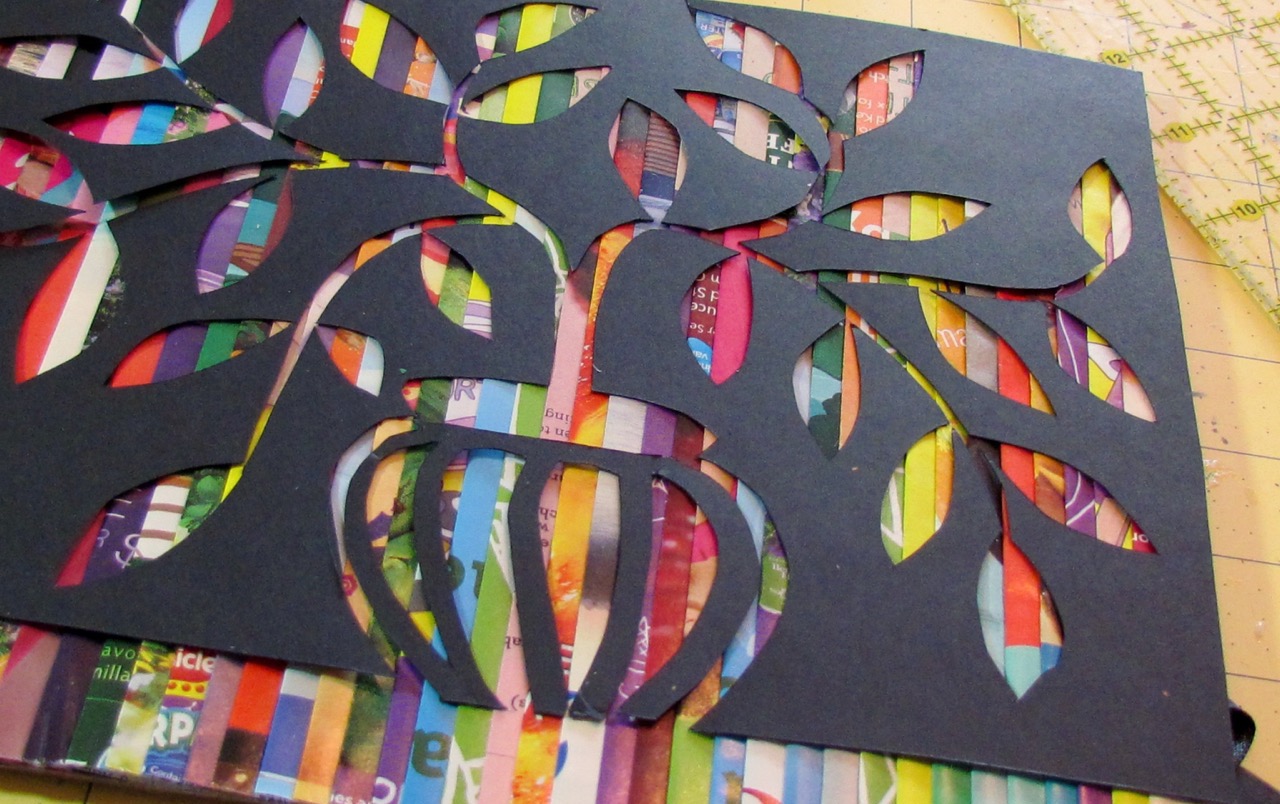
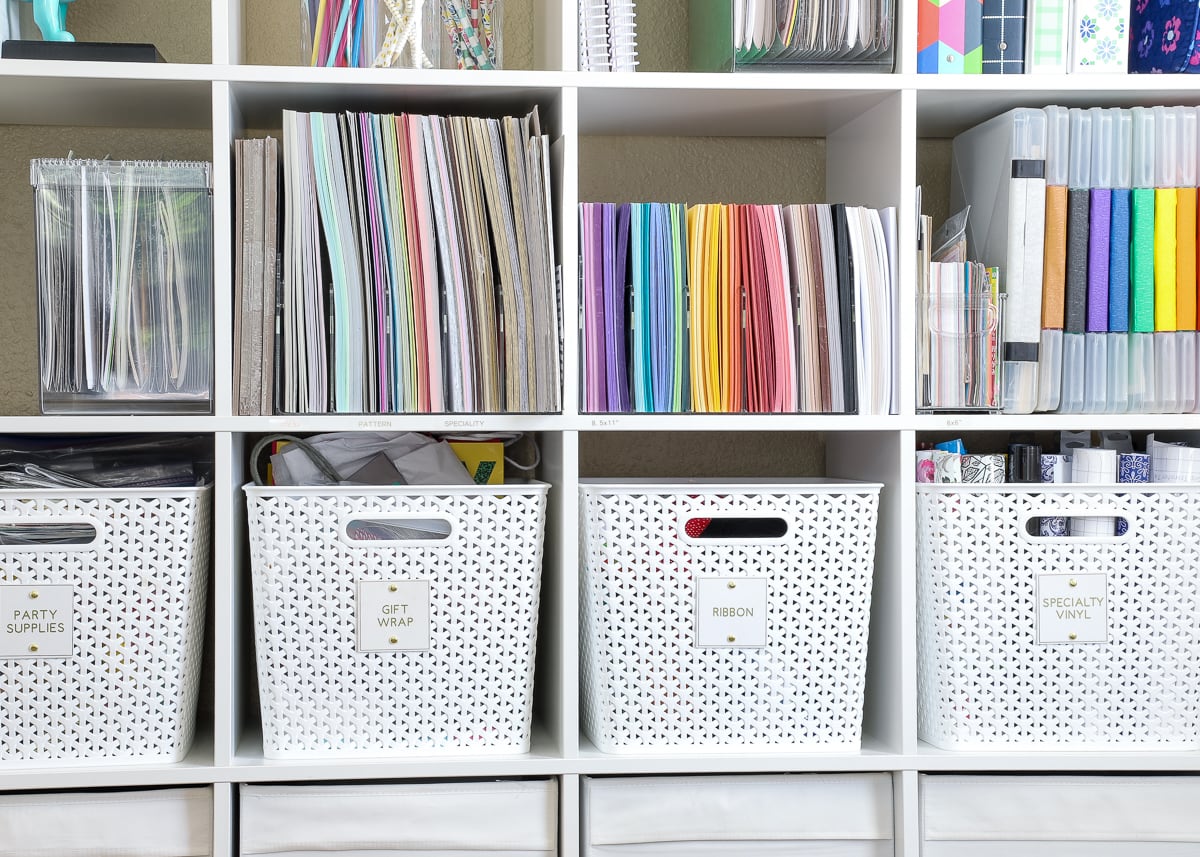
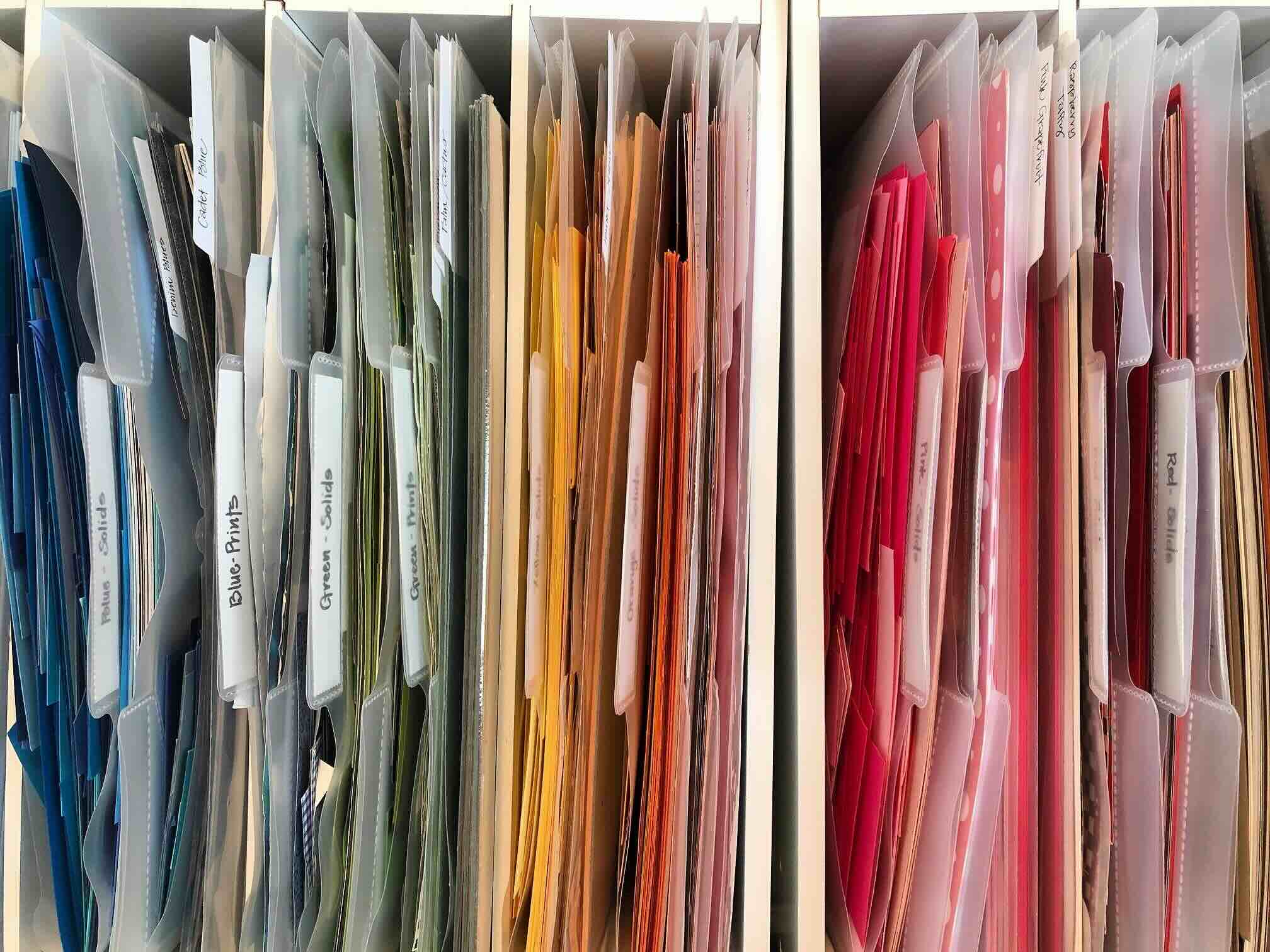
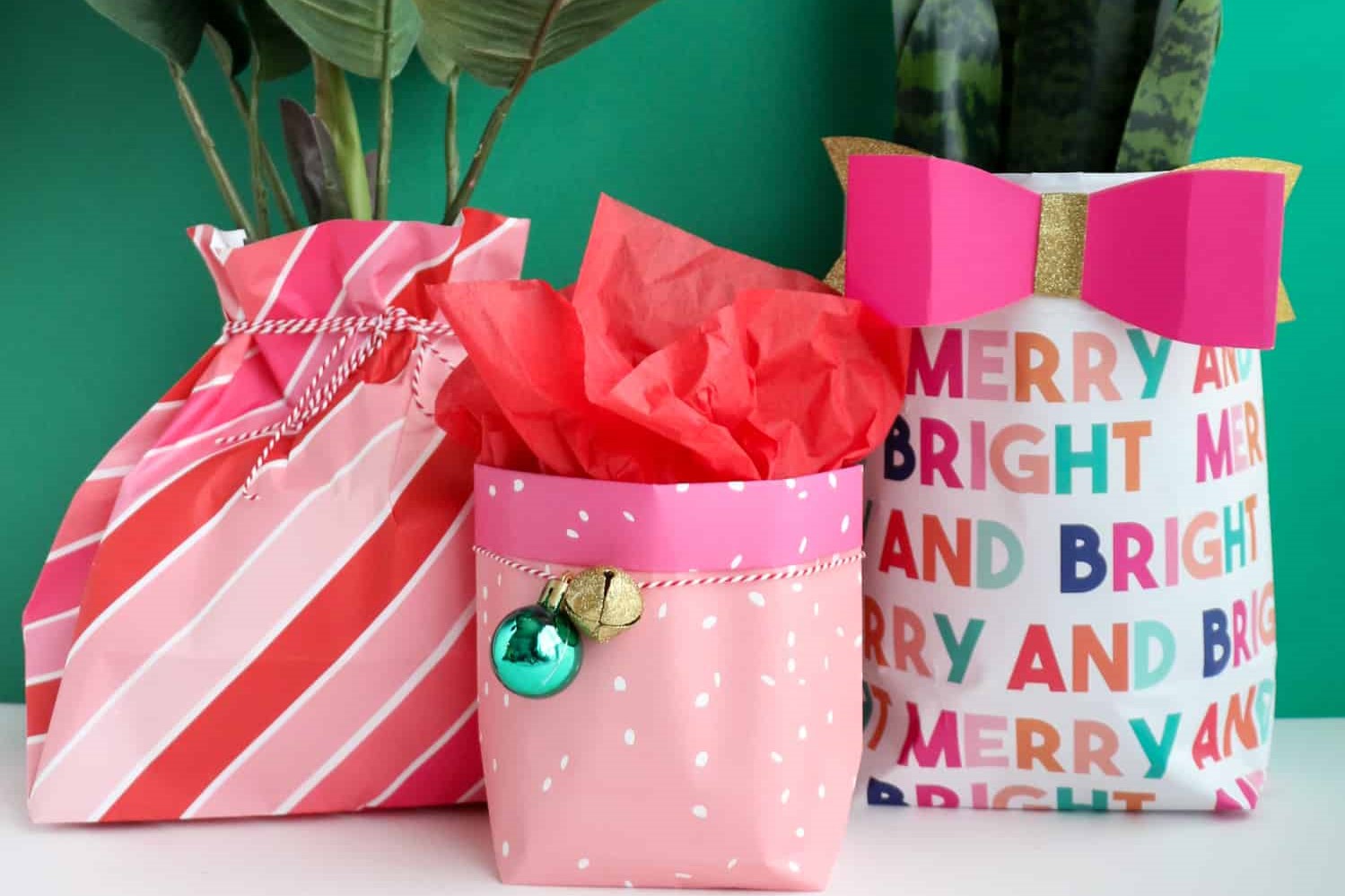
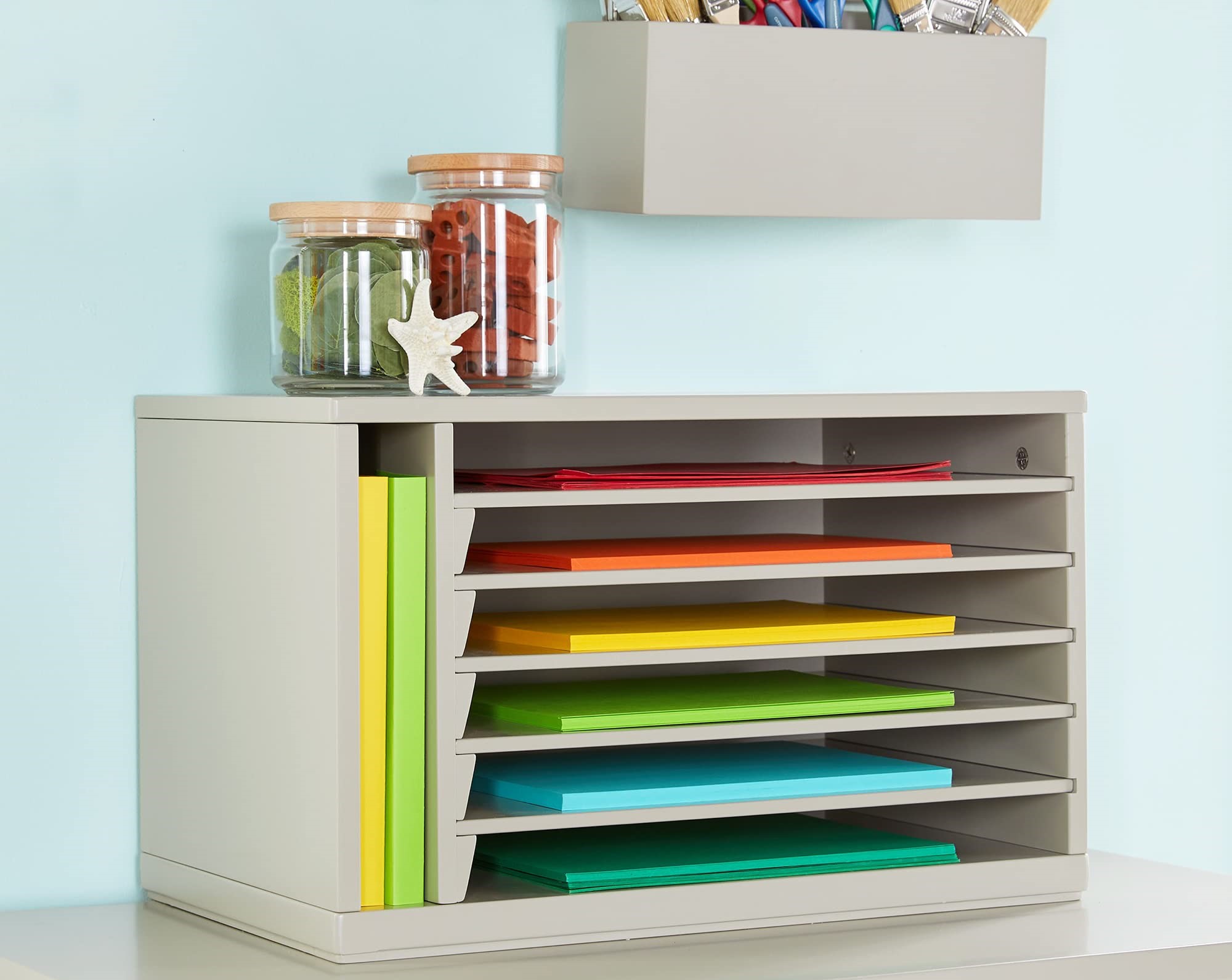
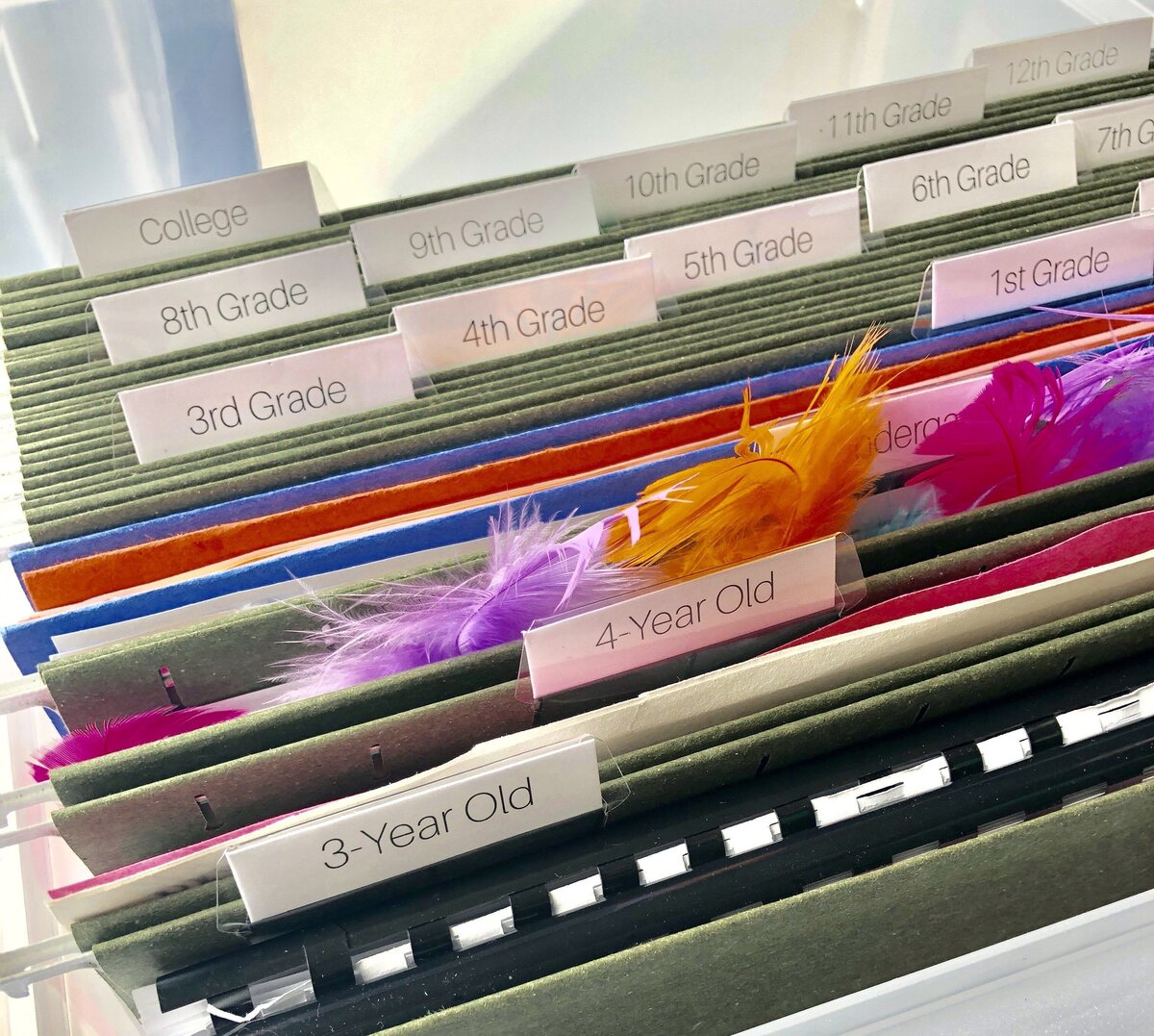
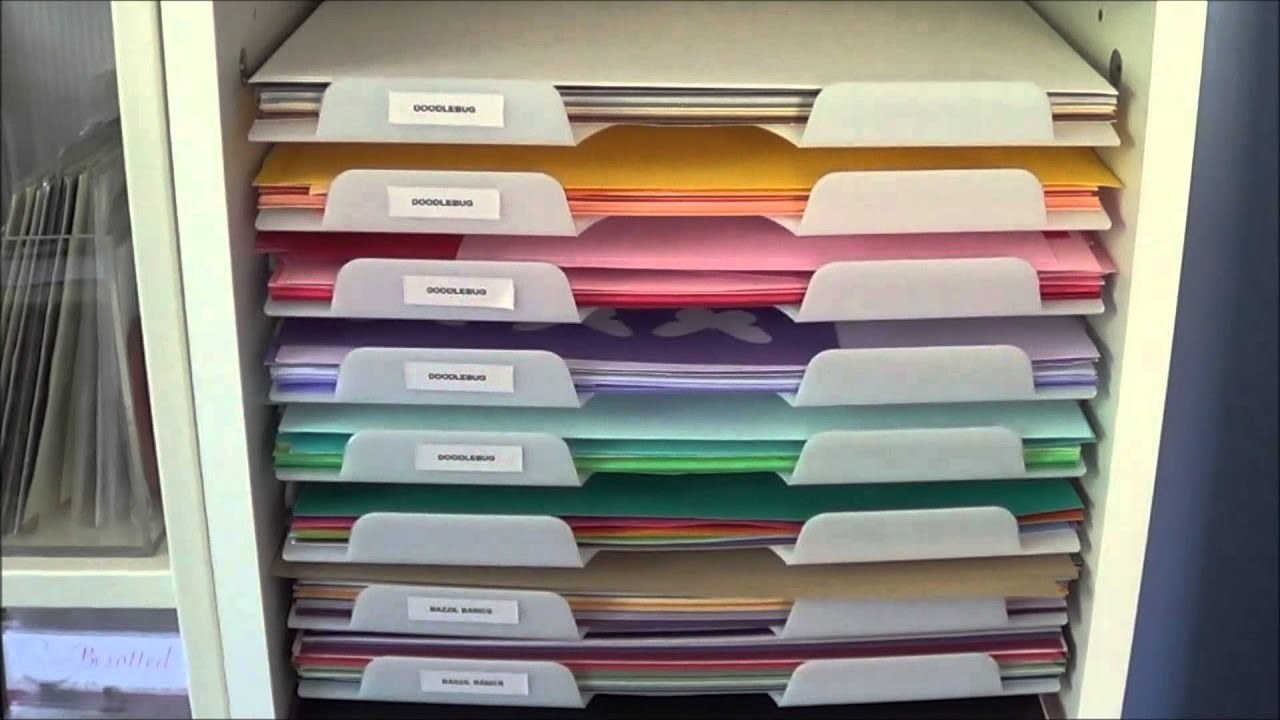
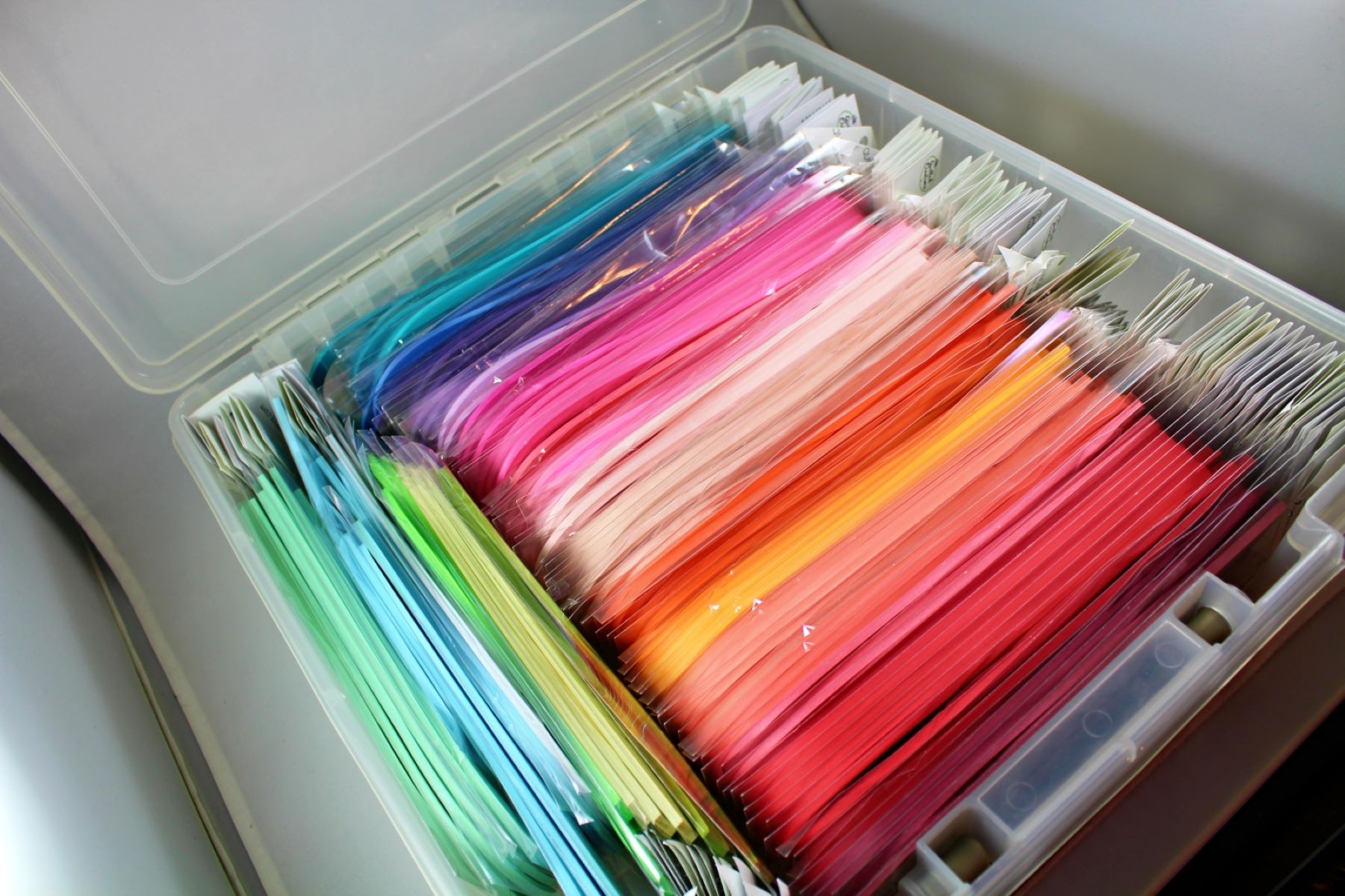
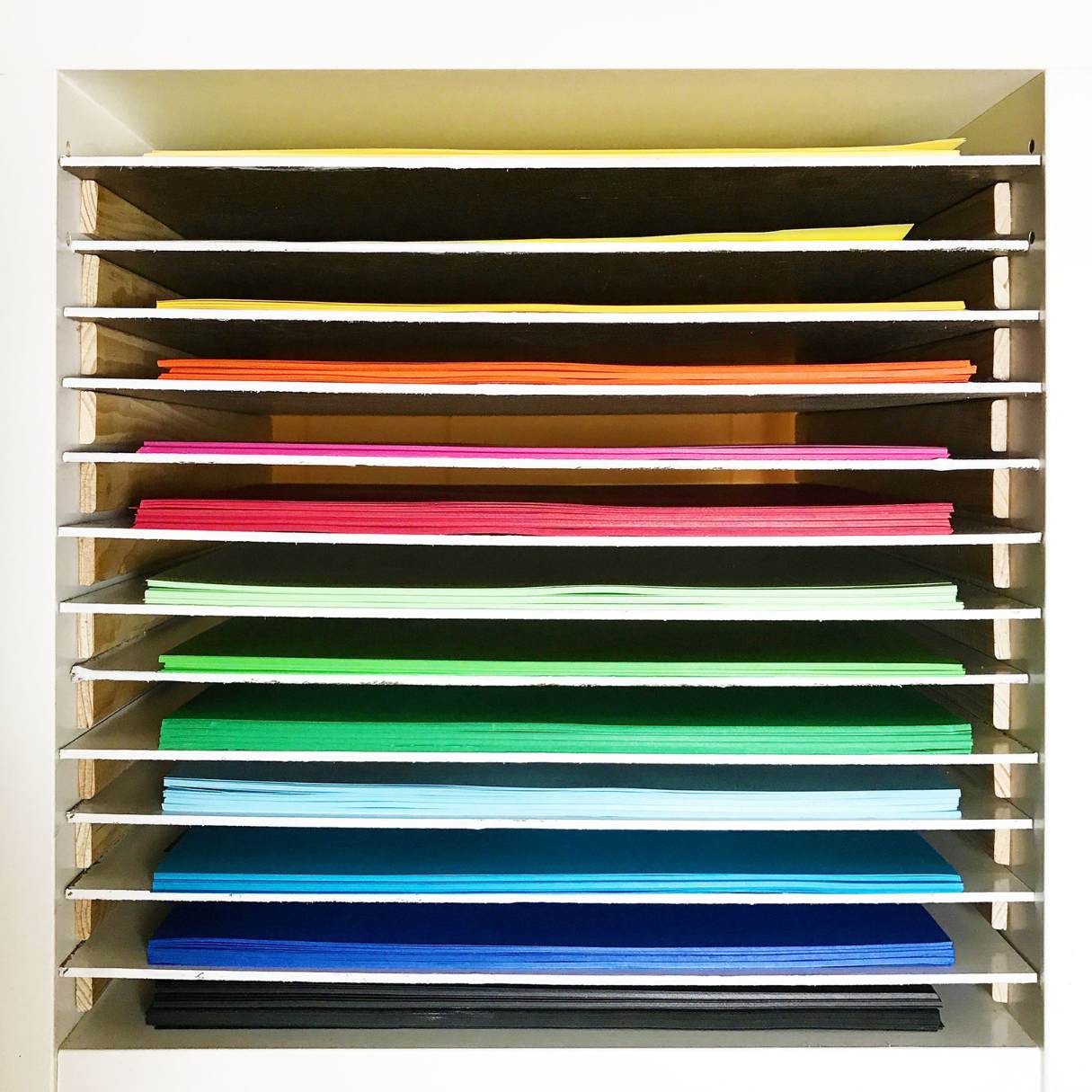
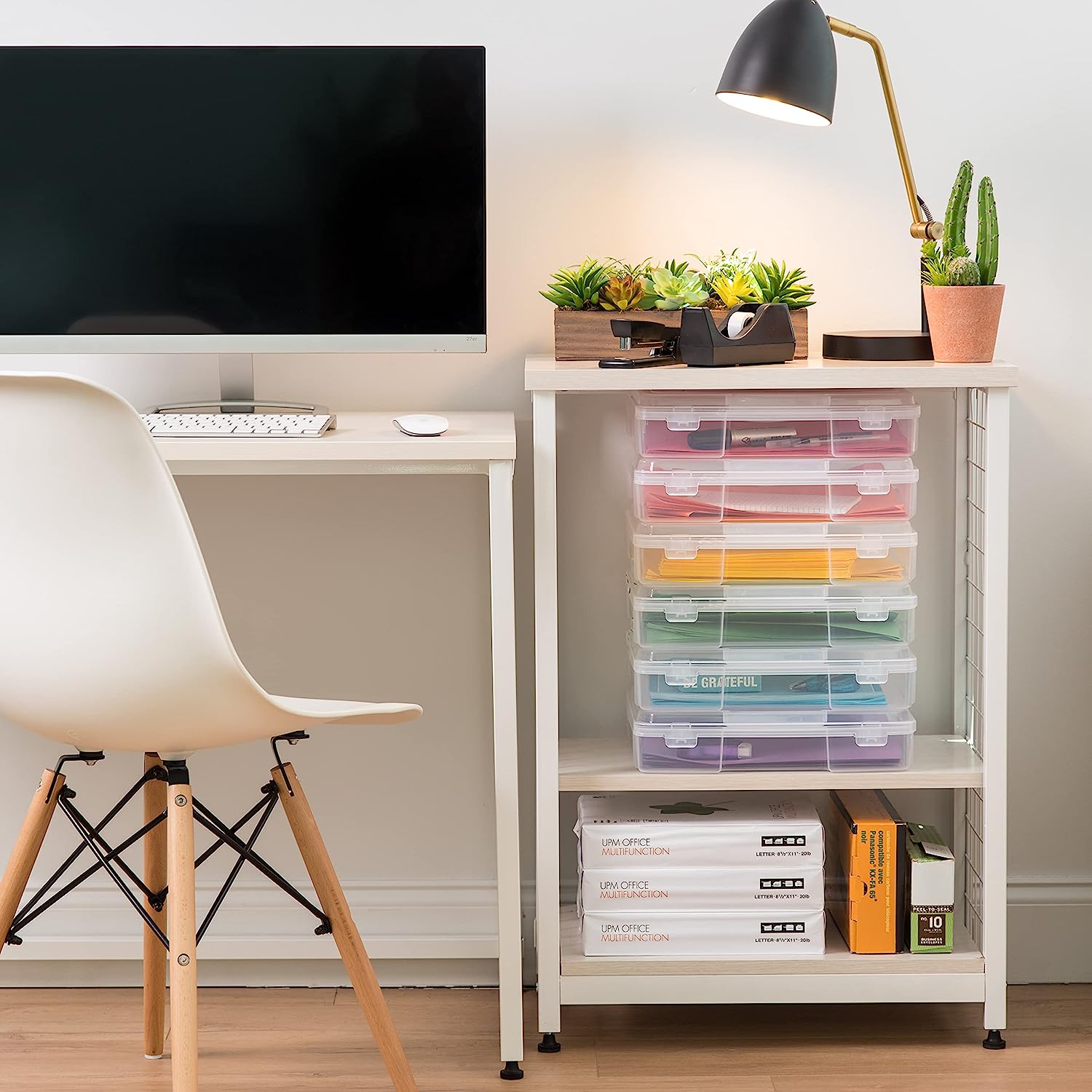
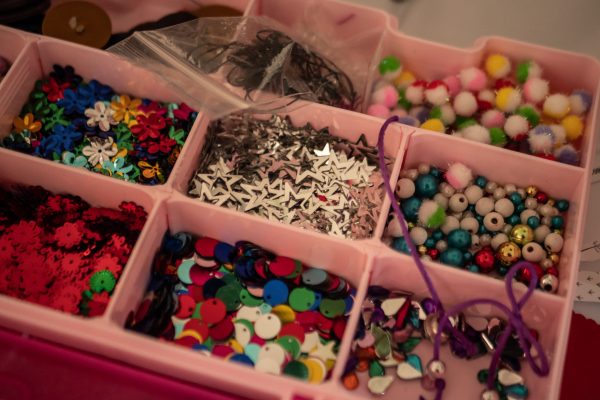

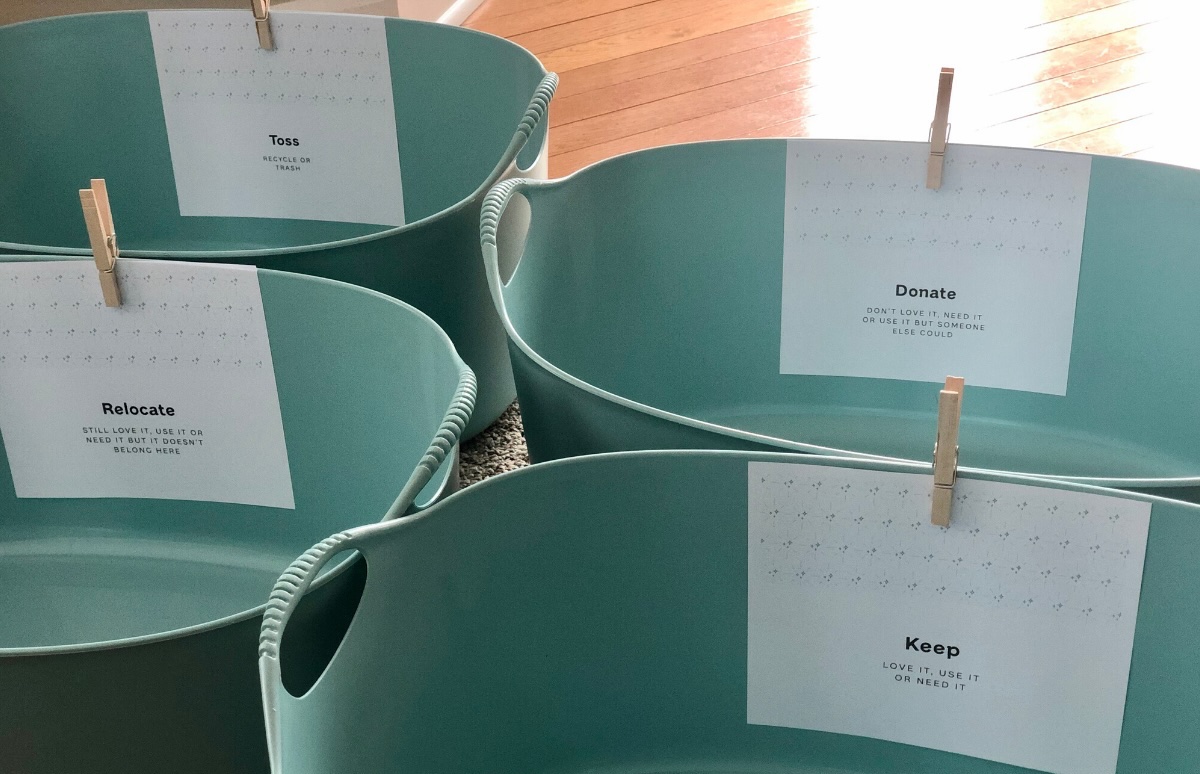
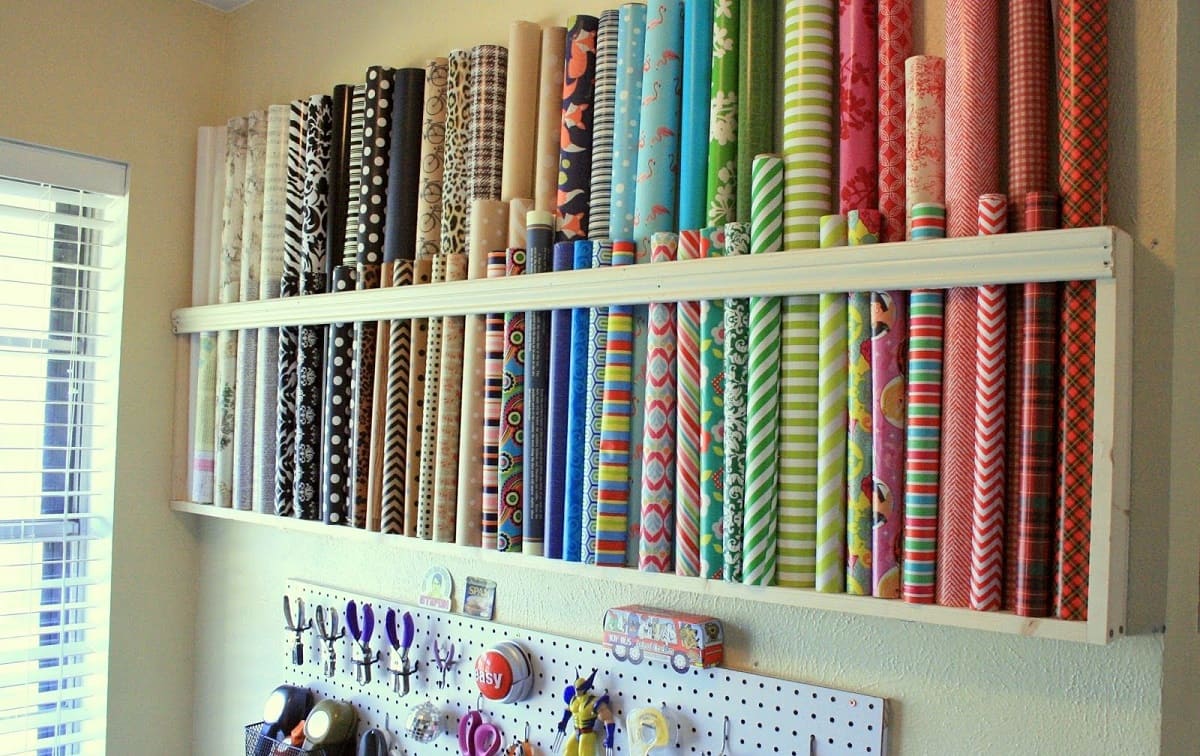

0 thoughts on “How To Organize A Craft Paper”